以下转自 http://www.digital-photography-school.com/5-situations-when-manual-focus-is-better-than-auto-focus
数码相机为我们提供了前所未有的自动和半自动拍摄模式。这些模式主要是围绕各种测光曝光方式和不同的对焦方法。很多摄影者从来不用相机和镜头的手动功能,这一点也不奇怪。

Image by dsevilla
什么时候手动对焦比自动好呢?
When is Manual Focus Better than Auto Focus? Let me start by saying there is no right or wrong time to use either manual or auto focusing – both can produce great results in almost all circumstances – however there are a few times when you might find it easier to switch to manual focusing:
1. 微距摄影
Macro Work
When doing macro photography I almost exclusively switch to manual focusing. The narrow depth of field in these shots mean that you need to be incredibly precise with focusing and being just a smidgeon out or having your camera choose to focus on the wrong part of your subject can completely ruin a shot.
To use it you’ll also probably want to use a tripod to eliminate any movement of the camera which can make focusing either in manual or auto mode frustrating.
Manual focusing puts the control completely in your hands when shooting in this very precise setting.
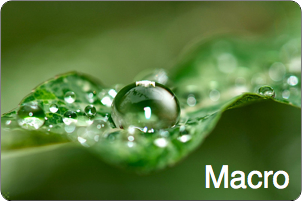
Image by maruchan313
2. 弱光
Low Light
Shooting in dimly lit environments can be difficult for some cameras and lenses when it comes to focusing. You’ll know when your camera is struggling in Auto mode when every time you go to take a shot the lens will whirl from one end of it’s focusing options to the other and back again before deciding on where to focus.
This can really lengthen your shooting process and make taking quick candid shots quite frustrating.
Switch to manual mode and you can quickly find your focusing point and get the shot you’re after.
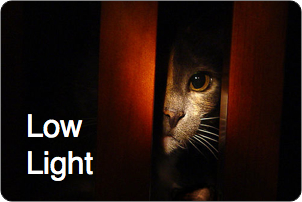
Image by Jim Skea
3. 肖像
Portraits
When shooting portraits focus needs to be precise. The majority of your shots of people will need to have their eyes in perfect focus (although in the example to the left it’s the lips) and so switching to manual focus will give you complete control to enable this to save you from having to line up the focusing points on your camera on the eyes, press halfway down and then frame your shot.
Manual focusing in portrait work helps to ensure the viewer of the image is drawn to the part of the face that you want them to notice.
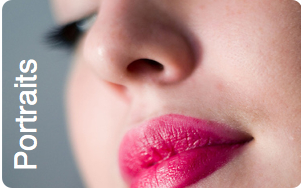
Image by Djof
4. 从隔着玻璃或者栅栏拍摄 Shooting Through Glass/Wire Fences
If you’ve ever shot through anything like a window or a mess/wire fence you’ll know how cameras will often get confused on where to focus your shot.
Whether it’s shooting out of a plane window, taking a shot of an image at a museum or photographing animals through fences at the zoo – you might find your camera is confused.
Manual focusing will avoid this completely and allow you to get things just right – focusing upon the subject behind that glass or fence. If you do this in conjunction with a large aperture (which decreases depth of field) and get in close to the fence or glass you might well eliminate it completely from being noticeable in your shot.
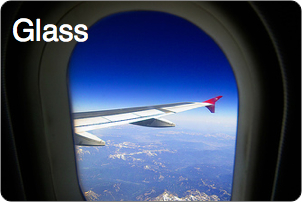
Image by Gregory Lee
5. 运动摄影 Action Photography
Shooting fast moving subjects (like racing cars, planes, bikes, running animals etc) can be a frustrating experience when shooting with auto focus.
Even the continuous focusing modes can get left behind or confusing if you’re not panning with your subject smoothly.
One way to overcome this is to switch to manual focusing and pre focus on a point that the subject will move through – and shooting at that point. You need to get your timing just right – but you’ll find that it’ll often give better results than relying upon auto focus modes (particularly if you shoot in continuous shooting/burst mode).
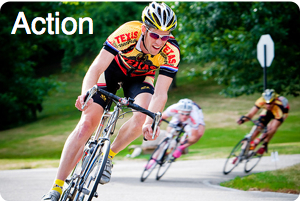
Image by fensterbme
作业Homework
Shooting in manual focus mode is a skill that you need to learn and practice. While you will have more time to get it right when shooting still objects – it can become more difficult when shooting moving subjects – so practice.
This week set aside an hour or two with your camera to shoot only in manual focus mode. Practice on a variety of subjects including some moving ones. While your practice session might not produce great results the skill that you learn will be useful to have.
|